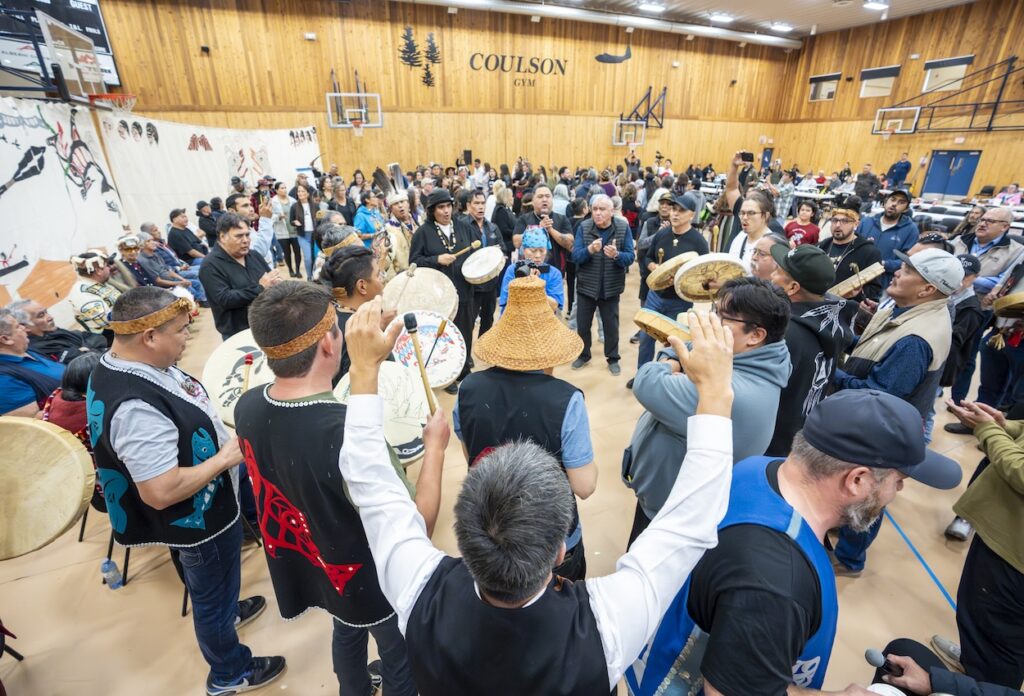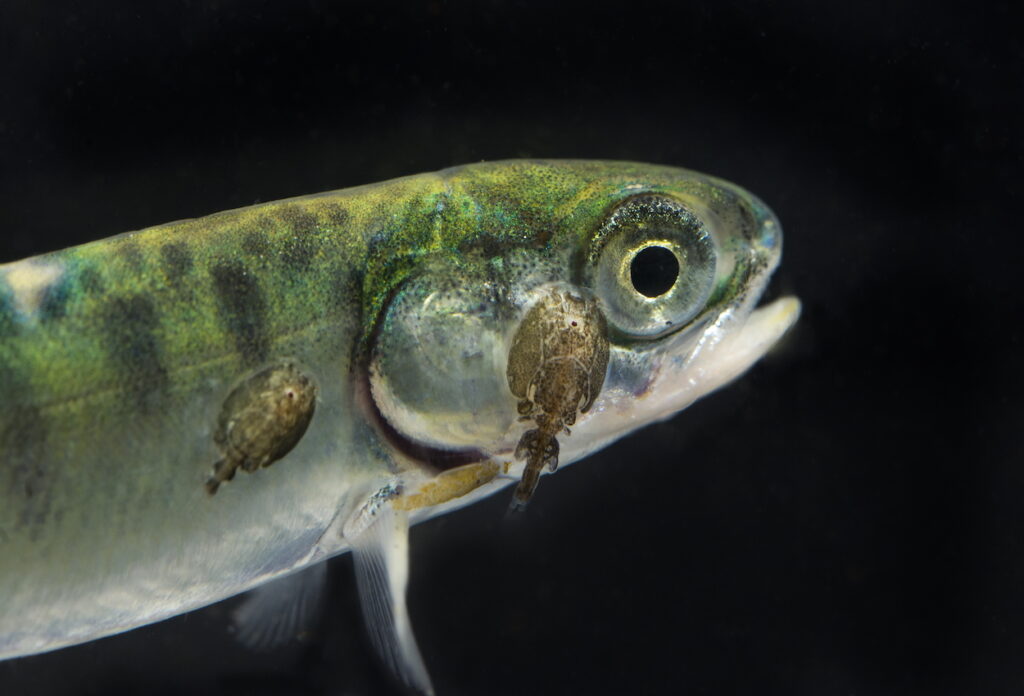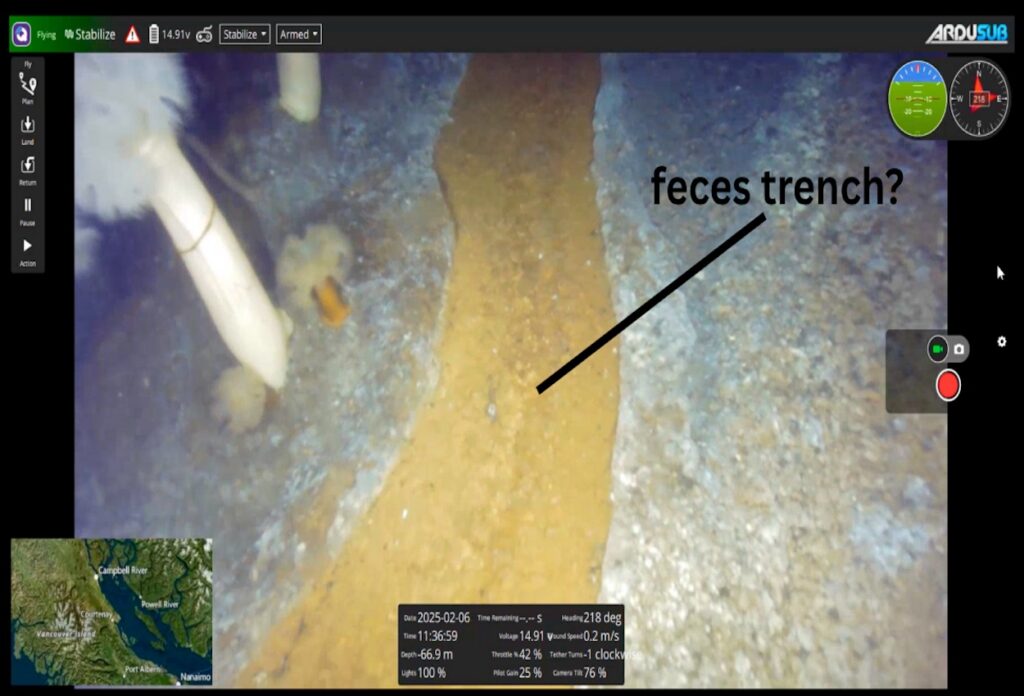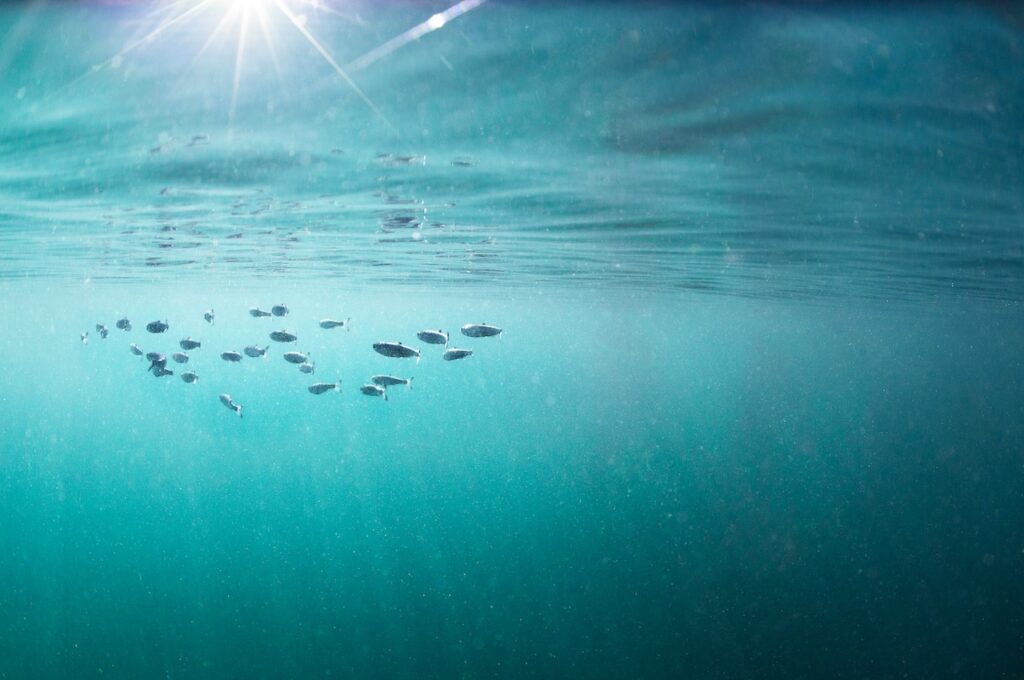From the best to the worst BC Day ever
This year on BC Day, I was off paddling near Tofino, camping in Ahous Bay, one of my favourite places in the world. The weather was fantastic, and we caught a glimpse of a wolf when we arrived—a sure sign you’re in the wild. The beach we camped on has a great view of Catface Mountain, traditionally known by Ahousaht First Nations as čitaapii. Catface can be seen from the Whiskey Dock in downtown Tofino (pictured below).
Imagine our horror upon returning home to learn that possibly the largest environmental disaster in BC history had occurred that day at Mount
Polley mine, wned by Imperial Metals. The implications for Clayoquot were chilling, as the same company has the same plans for Catface Mountain, right in the heart of the Clayoquot Sound UNESCO Biosphere Reserve
It was to prevent just such a disaster that I closed a successful kayak company here in Tofino, after watching mineral exploration helicopters flying up to Catface Mountain while I was guiding, and feeling helpless to stop them. The final straw came when locals began calling me and asking me to do something. Within years Bonny and I had founded Clayoquot Action, dedicated to addressing the challenges posed by mining, fish farms and oil tankers here in Clayoquot Sound.
Red Chris blockade set up
On Friday August 8, the Klabona Keepers, a group of Tahltan First Nation elders and families, set up a blockade at the Red Chris Mine near Dease Lake in northern BC. Red Chris is a contentious gold-copper mine being built right now in the Sacred Headwaters of the Skeena, Nass and Stikine Rivers, in un-ceded Tahltan territory.
The Sacred Headwaters region is a world-class natural area featured in a 2011 book by National Geographic Explorer-in-residence Wade Davis. The Klabona Keepers have previously been successful at keeping Royal Dutch Shell from fracking for coal-bed methane in the area, and now have major concerns about Imperial’s plan to build a tailings storage facility similar to the one which failed at Mount Polley.
Meanwhile, on August 18 a group of Neskonlith First Nations people, concerned about Imperial Metals’ plans for the Ruddock Creek mine in their territory, set up the Yuct Ne Senxiymetkwe Camp at the Mount Polley mine site to show solidarity with the Klabona Keepers.
Clayoquot Action is heading to Mount Polley
Clayoquot Action is heading to the Yuct Ne Senxiymetkwe Camp near Mount Polley, to witness the devastation first hand, and to bring images of the disaster and voices from local people back to share with the world.
Days after the disaster at Mount Polley, in an incredible display of corporate insensitivity, Imperial Metals’ president Brian Kynoch stated while visiting the area that the water was ‘almost drinking quality’.
A key part of our mission will be to obtain some of the poisoned water, which we will then offer to Brian Kynoch to drink in public, to show the world that he means what he says, and is willing to drink water which has been toxified by literally hundreds of thousands of kilograms of arsenic and lead, as well as thousands of kilograms of cadmium and mercury.
If you have ever considered supporting Clayoquot Action’s work to prevent mines from opening here in Clayoquot Sound, this would be a good time to do so! Your support will help ensure that a Mount Polley-type disaster never destroys the ocean, river, and rainforest ecosystems of Clayoquot Sound. Please donate generously.
Dan Lewis is Executive Director of Clayoquot Action.





